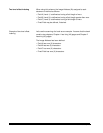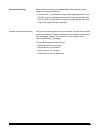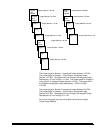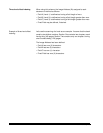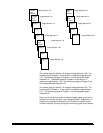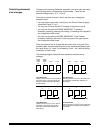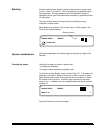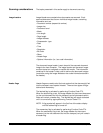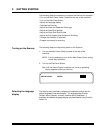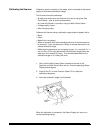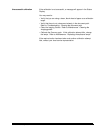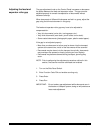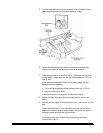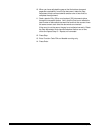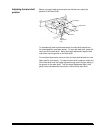
2 - 18 A-41069 January 1993
Scanning considerations
Image headers
The topics presented in this section apply to document scanning.
Image Headers are created when documents are scanned. Each
scanned document has its own individual image header, containing
information such as:
• Document number (sequential number)
• Image size
• Document Level
• Mode
• Line length
• Page length
• Image Address
• Compression type
• Date
• Time
• Resolution
• Bit Order
• Skew
• Header flags
• Optional information (i.e., bar code information)
The document image header is sent ahead of the scanned document
image to the host computer. The image header and document image
are then stored on a magnetic or optical disk media. The information
contained in the header is later used to retrieve the document images
(most often using the Image Address or bar code information stored in
the header).
Header flags are used to alert the host system that the document(s) fed
into the transport are of special interest. There are two types of flags:
latched and momentary.
The latched flag is activated by performing Function Code F73.
When the latched flag is set, the Image Header for the current document
(or the next document fed into the transport) and all documents which
follow will contain a header flag. The latched flag will remain activated
until it is turned off by again performing Function Code F73.
NOTE: A flag symbol will appear in the first line of the status display
until the latched flag is turned off.
The momentary flag is activated by performing Function Code F74.
When the momentary flag is set, the Image Header for the current
document (or the next document fed into the transport) only will contain
a header flag.
Header flags



